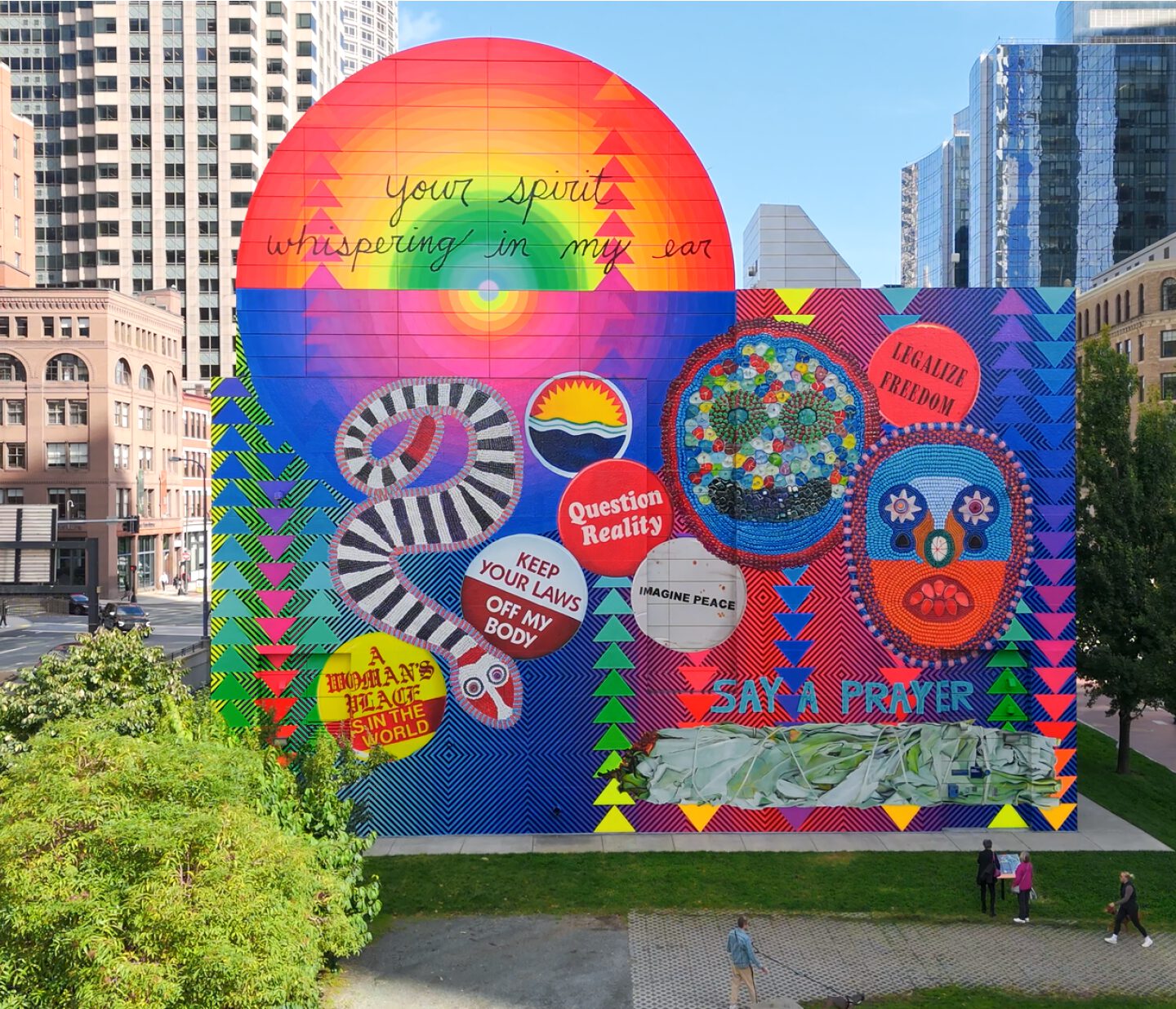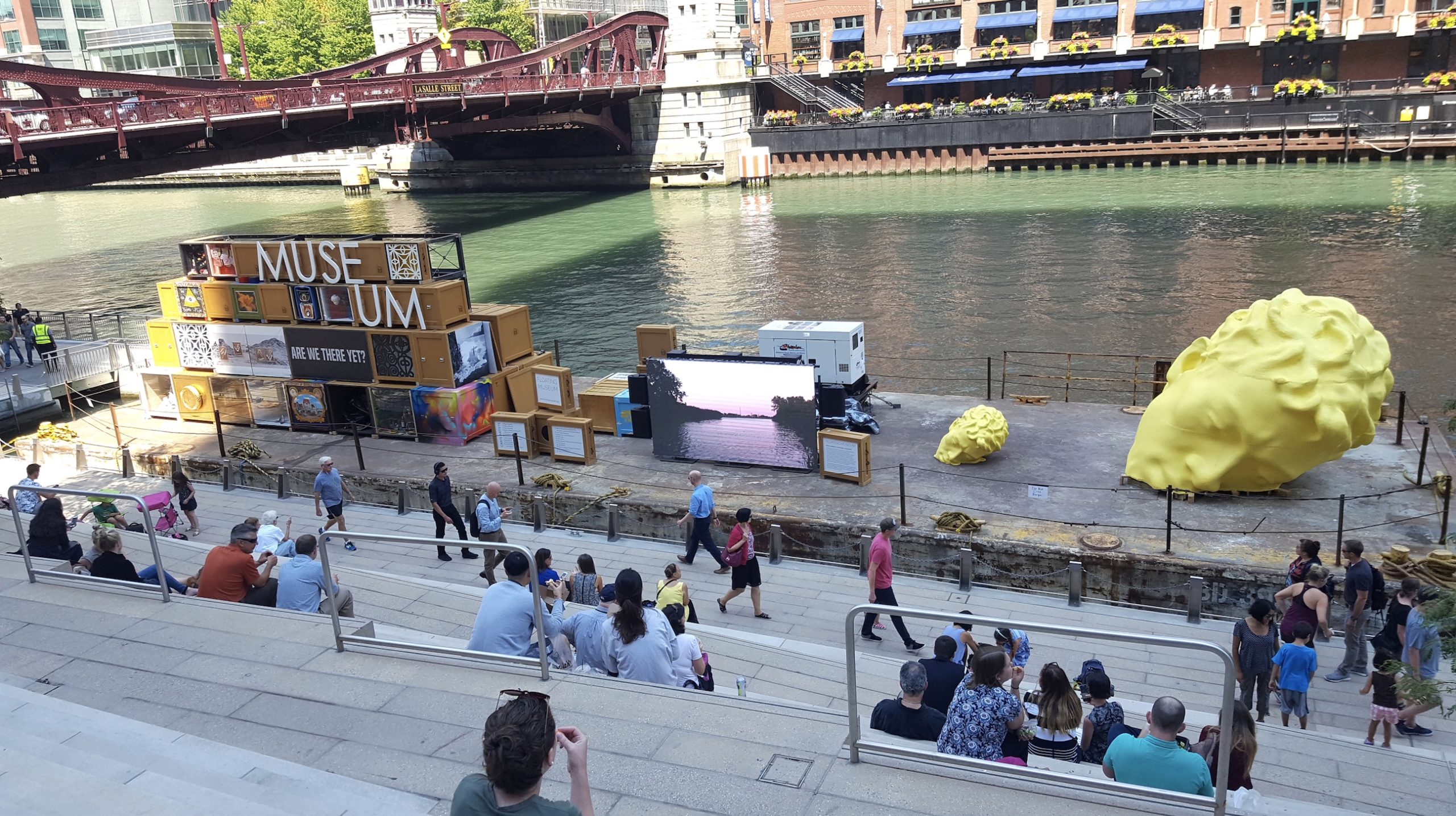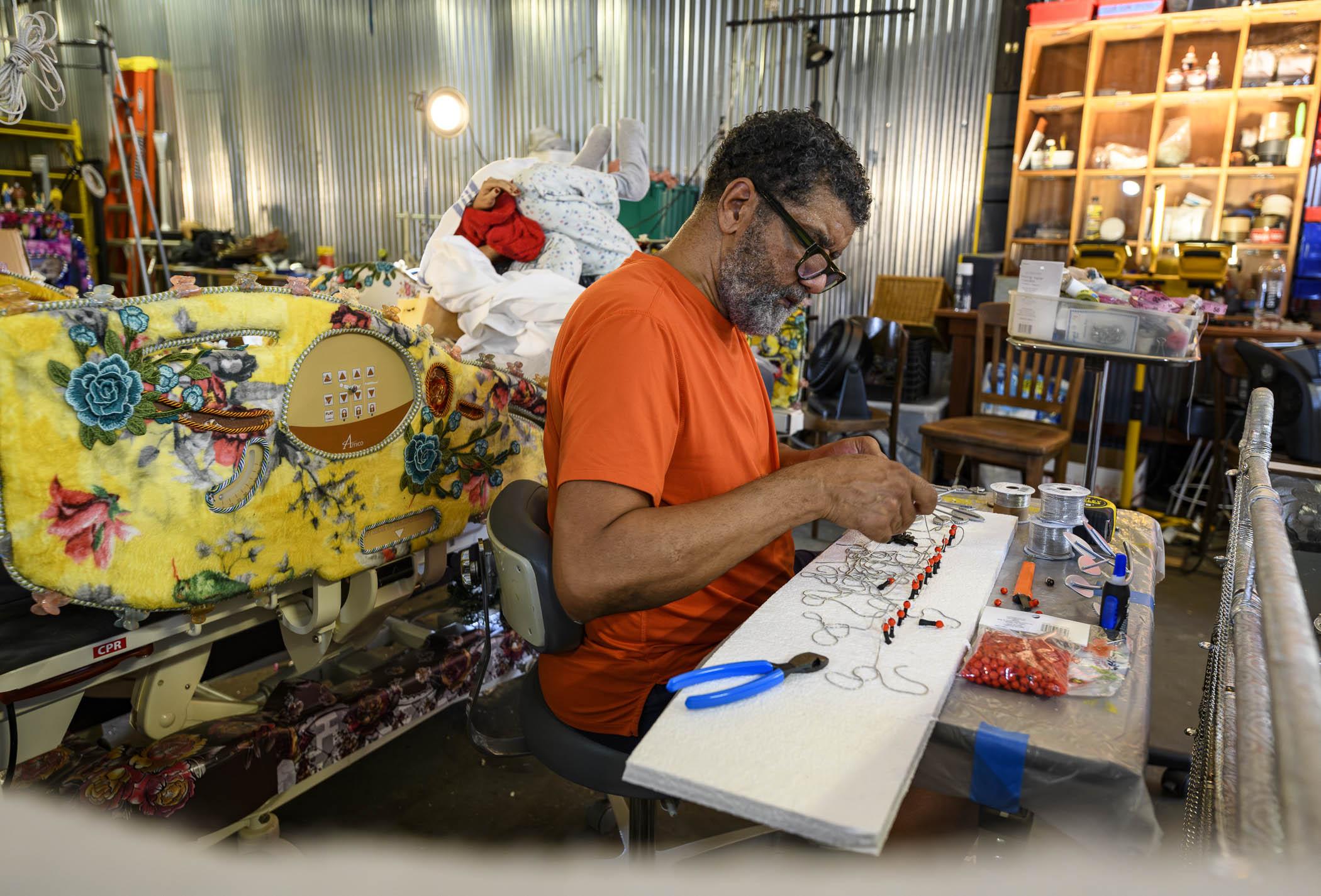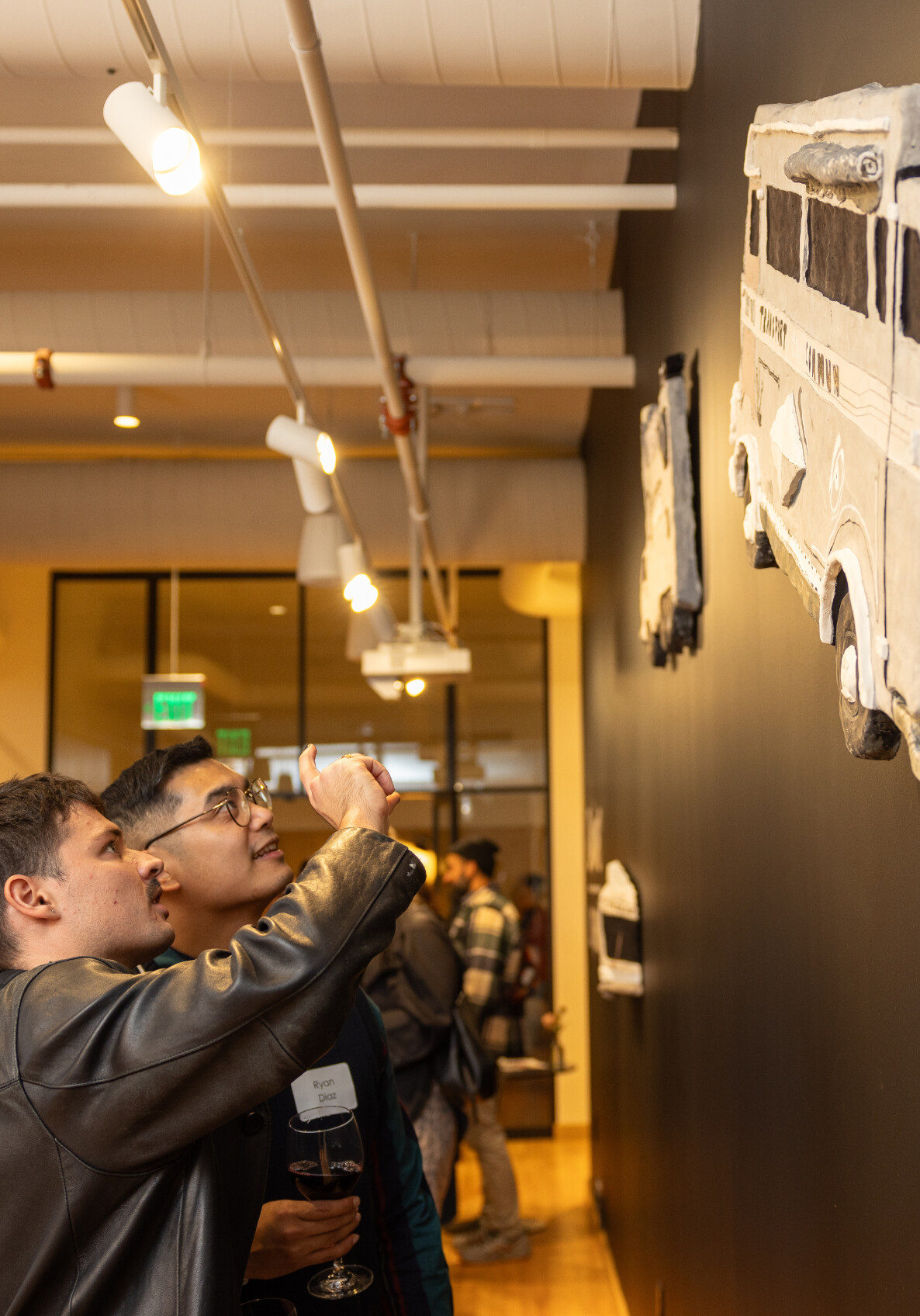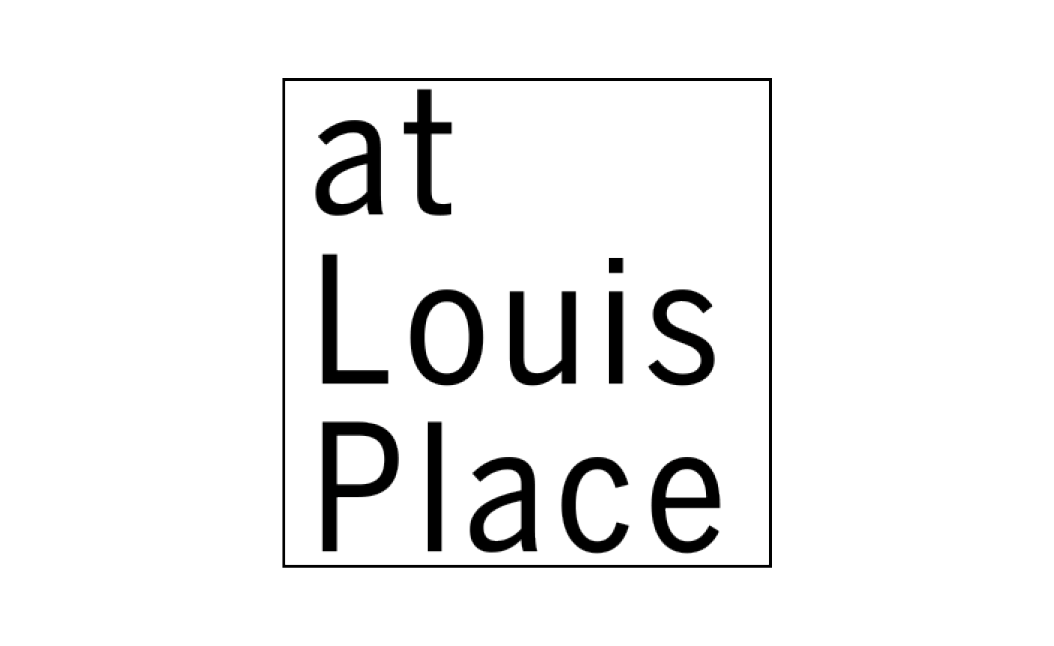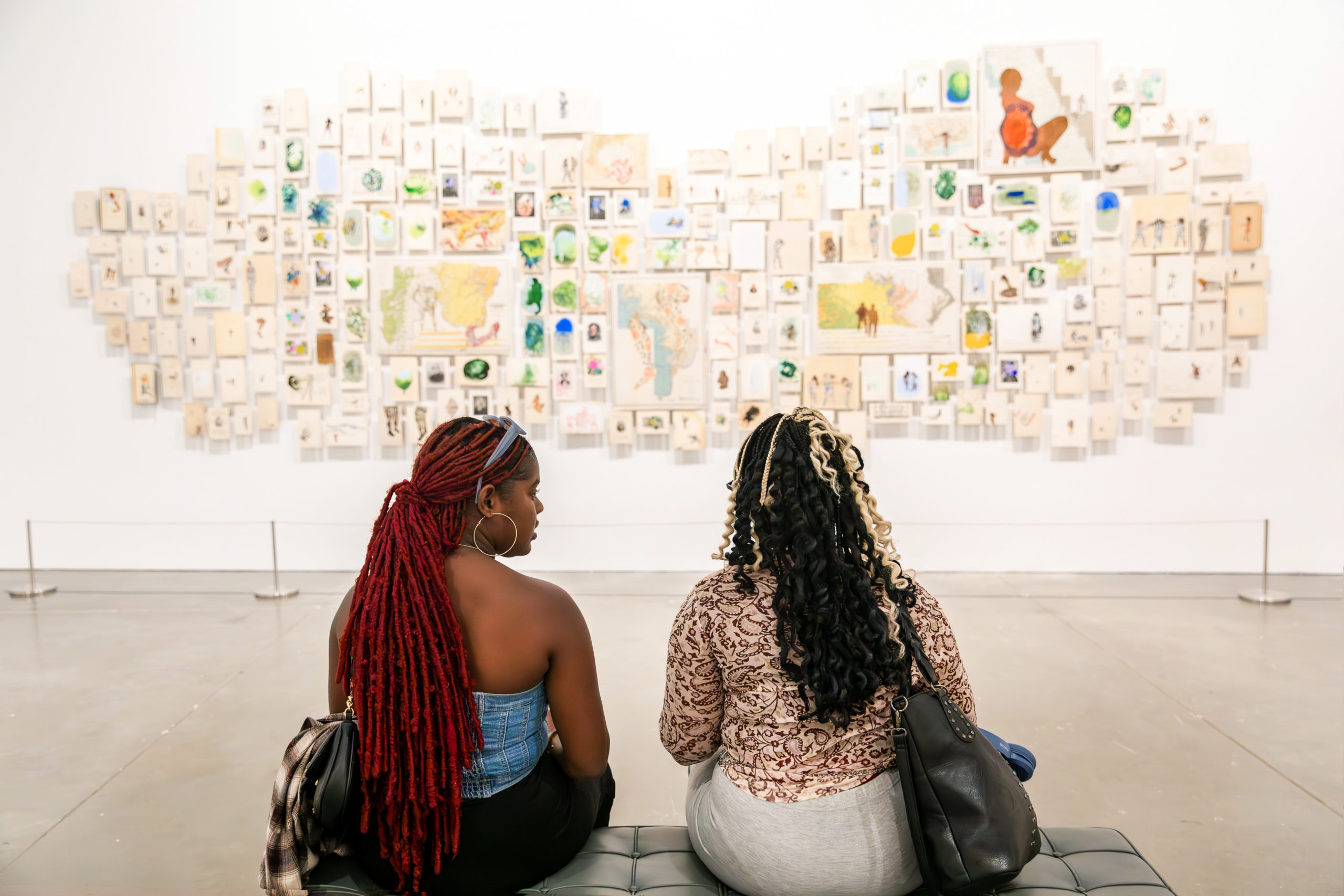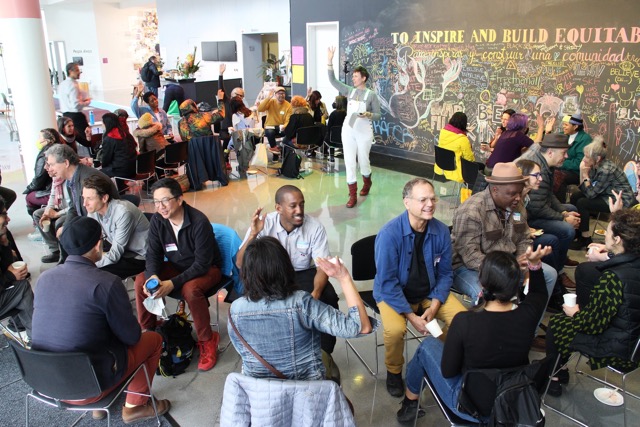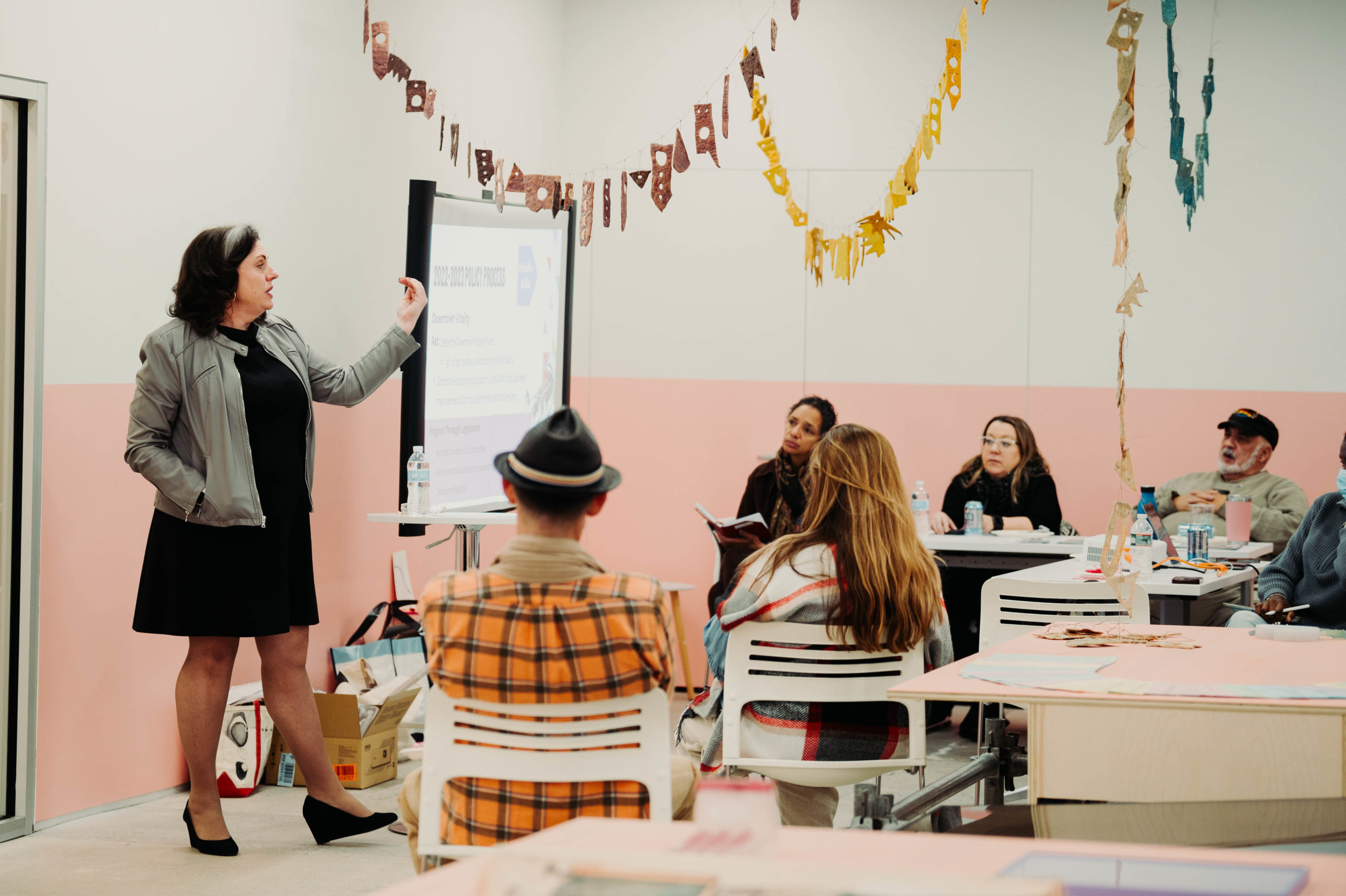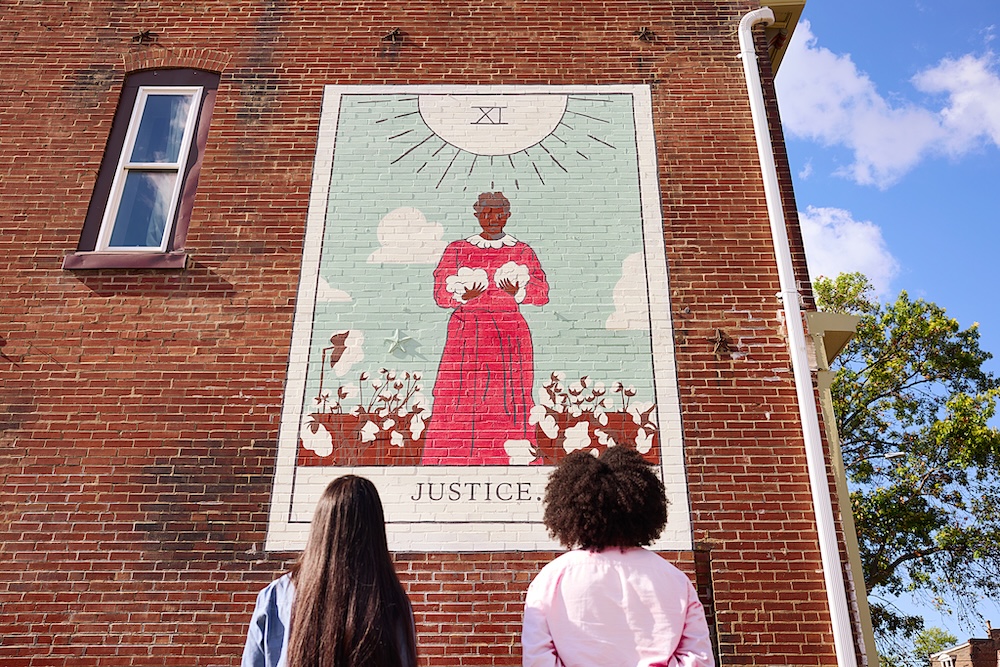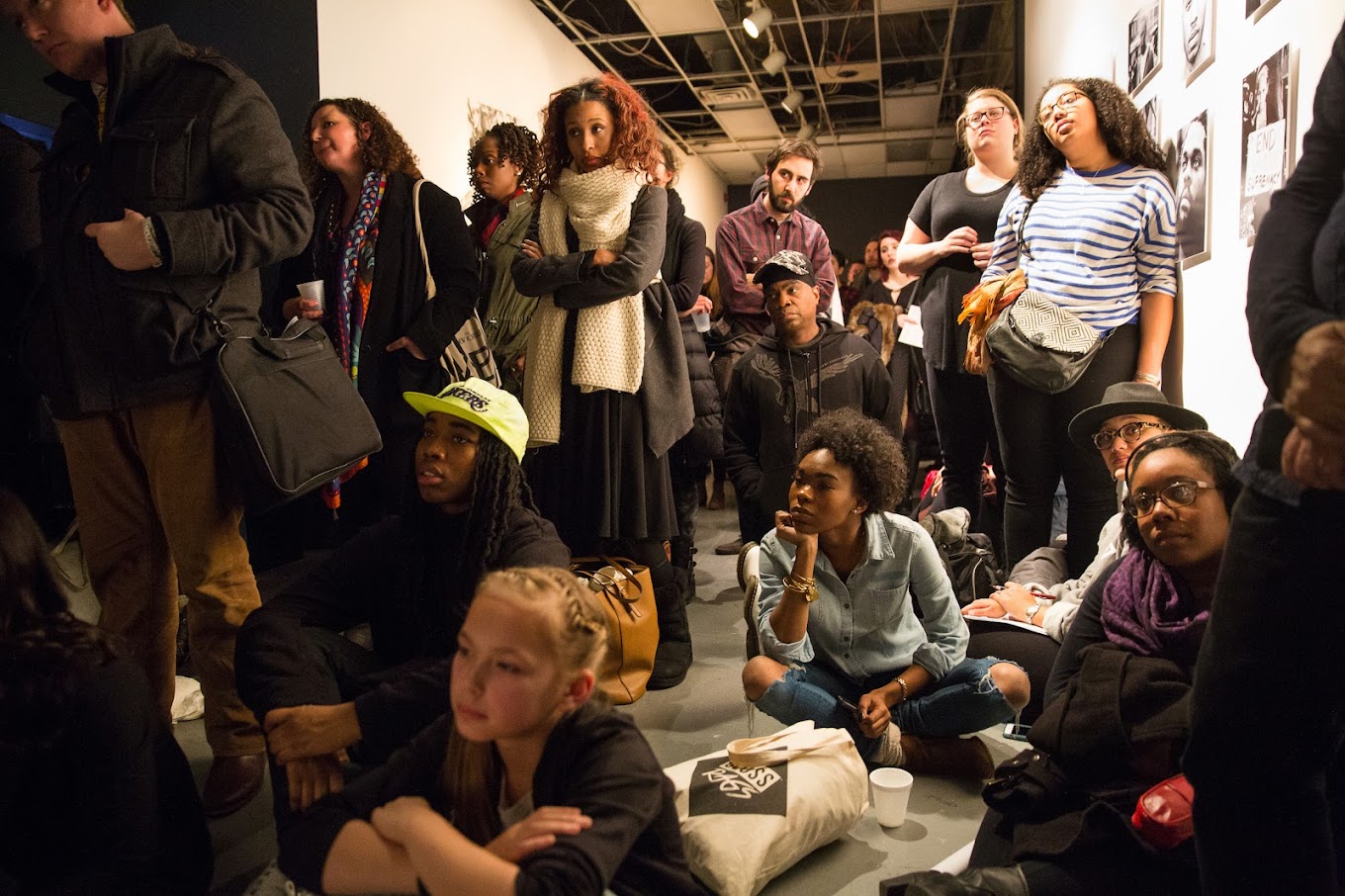A healthy and resilient national arts ecosystem needs several things for artists to thrive: a community of artists at different professional levels; ample employment opportunities and public art commissions; affordable places to live and create; writers and platforms to document and discuss new ideas; accessible museums and arts institutions; and a collective mindset that welcomes new ideas about society and the role of artists.
Locally, while arts and cultural production in Greater Boston accounts for upwards of two billion dollars in direct economic impact, it, like many cities across the US, face an affordability crisis that threatens artists’ ability to stay in place, which impacts our creative ecosystem at all levels. To address these needs in Greater Boston, we resource affordable studio spaces, public art opportunities, fellowships, and public dialogue that furthers a sense of belonging and civic participation in our region.
In communities across the country, our funding focuses on small arts organizations that act as anchors for their neighborhoods’ cultural life. Small arts organizations cultivate local artistic community and development; and create critical bridges between art, academia, history, and community organizing and yet they are under-recognized for the role they play. Smaller and less-established contemporary art organizations struggle to secure long-term, sustainable support because giving is strongly linked to established institutions, where museums with budgets in the top 1% receive 41% of donated revenues.
We believe that every community deserves access to spaces where artists can experiment and take risks because a vibrant and thriving arts ecosystem contributes to the health and wellbeing of not just the artist, but the entire community.
